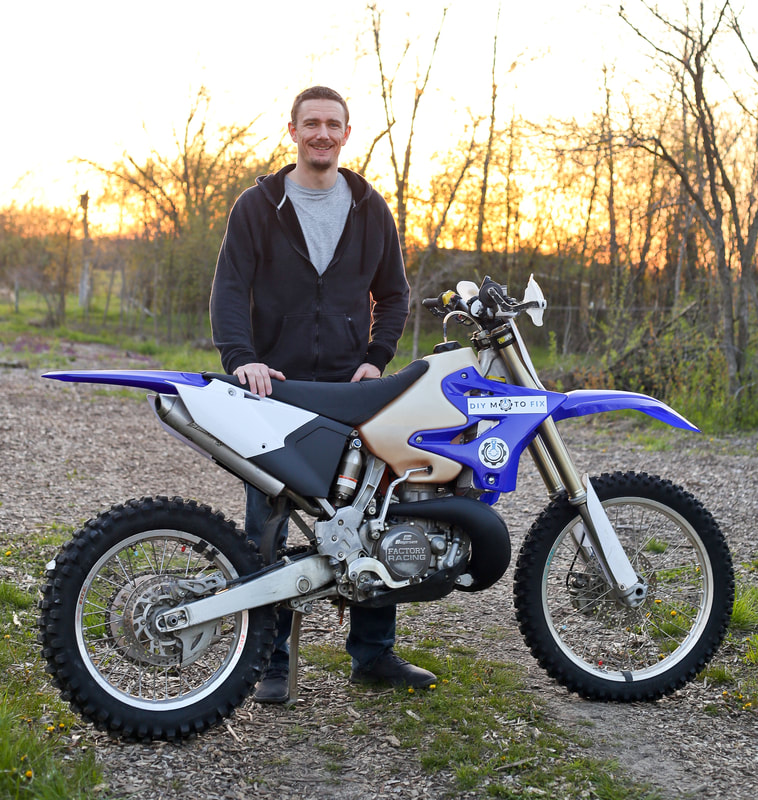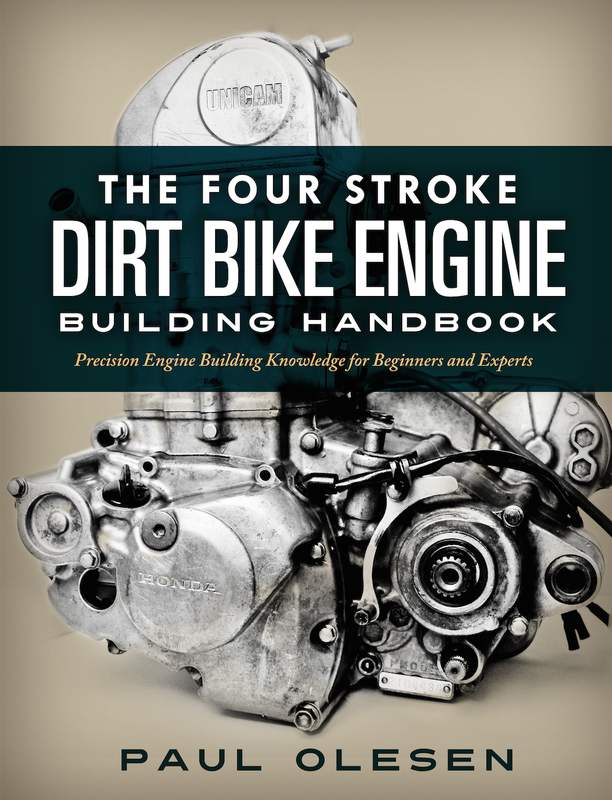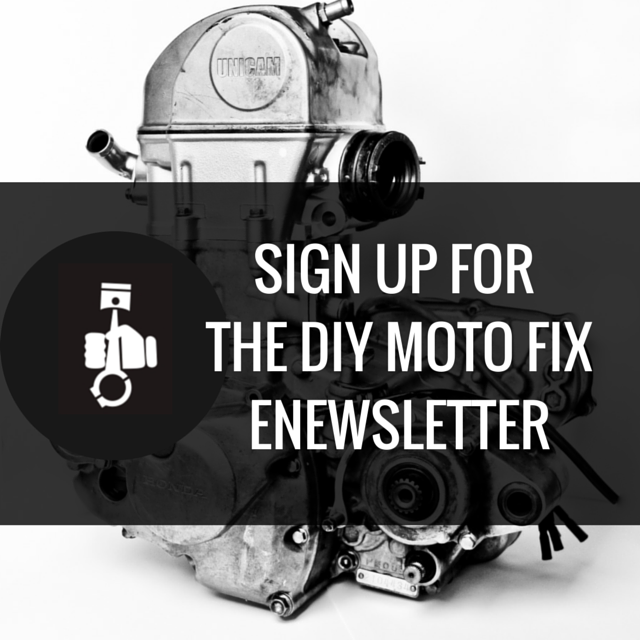By design, numerous tweaks can be made to significantly influence how your dirt bike handles. Some of these alterations are as simple as turning a few adjusters, while others require more involved labor such as disassembling forks to swap out springs and dampers. Today’s focus will be on introducing all the different variables that can be adjusted, which ultimately impact how your bike handles. This is the start of an in-depth series on motorcycle handling where I’ll be going into extreme detail on how to make adjustments to individual areas on your dirt bike.
For the sake of clarity, I’ve broken out all the things that we can consider adjusting into two categories: geometry variables and suspension variables. What is challenging about tuning the handling of a dirt bike or motorcycle is that all the different options available to adjust are in one way or another interconnected. This means that geometry variables often influence suspension variables and vice versa.
If we consider the bike as a whole we have:
Wheelbase - The wheelbase defines the distance between the front and rear tires’ contact patch. Wheelbase adjustments will affect how stable the bike feels.
Weight Bias - The weight bias defines the distribution of the bike’s weight between the front and rear wheels.
Seat Heat - Seat height can influence handling by altering the combined center of gravity of bike and rider as well as be an ergonomic consideration.
Ergonomics - Ergonomics refers to all the small adjustments that can be made to make the rider feel comfortable on the machine. Examples include shift and brake lever position, seat height, handlebar position, and foot peg location.
Front geometry variables include:
Rake Angle - Rake angle defines the angle between the steering stem axis and vertical plane.
Contact Patch - The contact patch is the portion of the tire that is in contact with the ground.
Triple Clamp Offset - Triple clamp offset defines the center point distance between the fork tube axis and steering stem axis.
Axle Offset - Axle offset defines the center point distance between the axle and fork tube axis.
Total Offset - Total offset accounts for both the axle and triple clamp offset.
Front Wheel Diameter - The measured diameter of the wheel.
Rear geometry variables:
Contact Patch - The contact patch is the portion of the tire that is in contact with the ground.
Front and Rear Sprocket Diameter - The sprocket’s pitch diameter.
Rear Wheel Diameter - The measured diameter of the wheel.
When it comes to suspension, numerous adjustments can be made to influence the bike’s response. These include:
Fork and Shock Compression Damping Adjustments - Compression damping adjustments alter the suspension system’s response to events that compress the suspension.
Fork and Shock Rebound Damping Adjustments - Rebound damping adjustments alter the suspension system’s response to events that extend the suspension.
Fork and Shock Compression Damping Selection - Significant alterations to the way the forks and shock respond to compression events can be made by swapping out dampers or modifying existing dampers.
Fork and Shock Rebound Damping Selection - Significant alterations to the way the forks and shock respond to extension events can be made by swapping out dampers or modifying existing dampers.
Fork and Shock Spring Selection - Fork and shock springs are selected based on their spring rate. Different applications and riders require different spring rates to optimize the suspension system.
Fork Oil Level - The volume of air found within a fork acts as an air fork. The air volume can be increased or decreased by adjusting the amount of fork oil used.
Fork and Shock Oil Viscosity - Viscosity is a measure of an oil’s resistance to flow. Changes to oil viscosity in the suspension system will affect how the damping system responds.
Front and Rear Tire Pressure - Tire pressure settings influence traction and also on the overall response of the suspension system since tires are essentially air springs.
Shock Linkage Ratio - If the bike is equipped with a linkage that connects the shock and swingarm the geometry of the linkage can be manipulated to alter the shock's response.
If you want to stay up to date on the latest tips and info I have available regarding dirt bike handling and suspension, I want to invite you to sign up for my email newsletter on the subject. Enter your info below and I’ll keep you in the loop!
LET'S CUT THROUGH THE HAZE SURROUNDING DIRT BIKE SUSPENSION.
- Understand how suspension works so that you can optimize your dirt bike's setup
- Learn how to diagnose deficiencies to improve lap times
- Discover how to correct suspension issues in order to reduce fatigue and ride faster for longer








